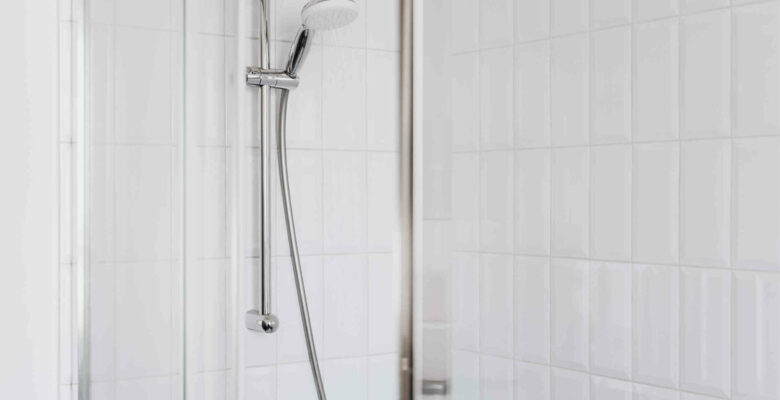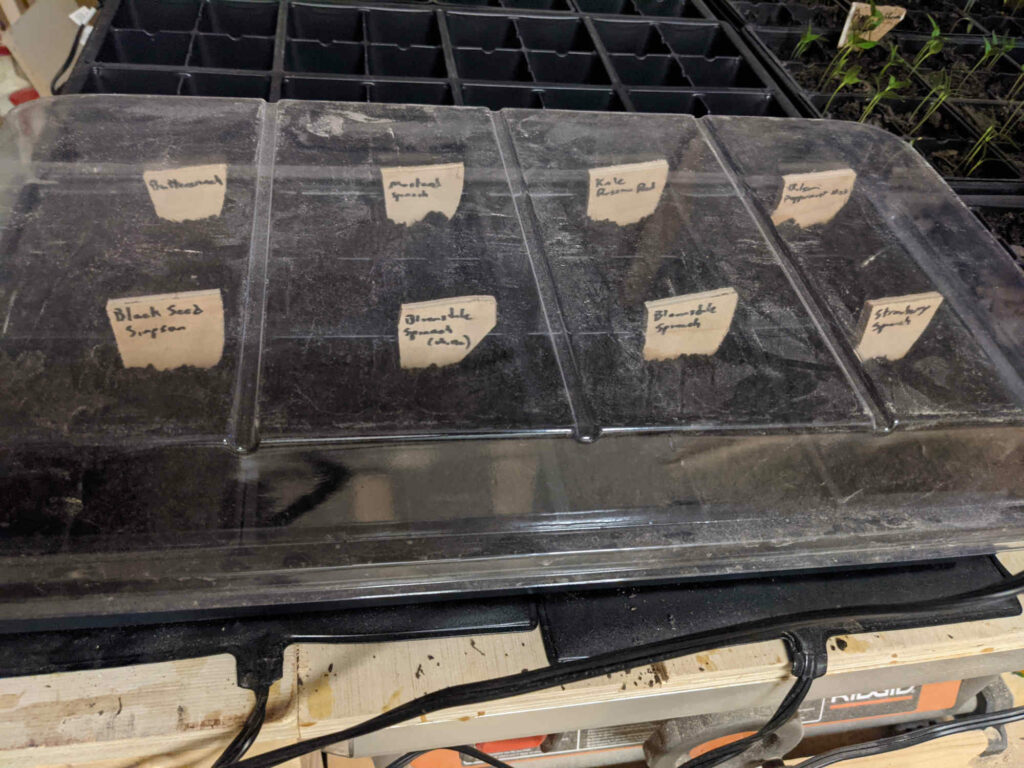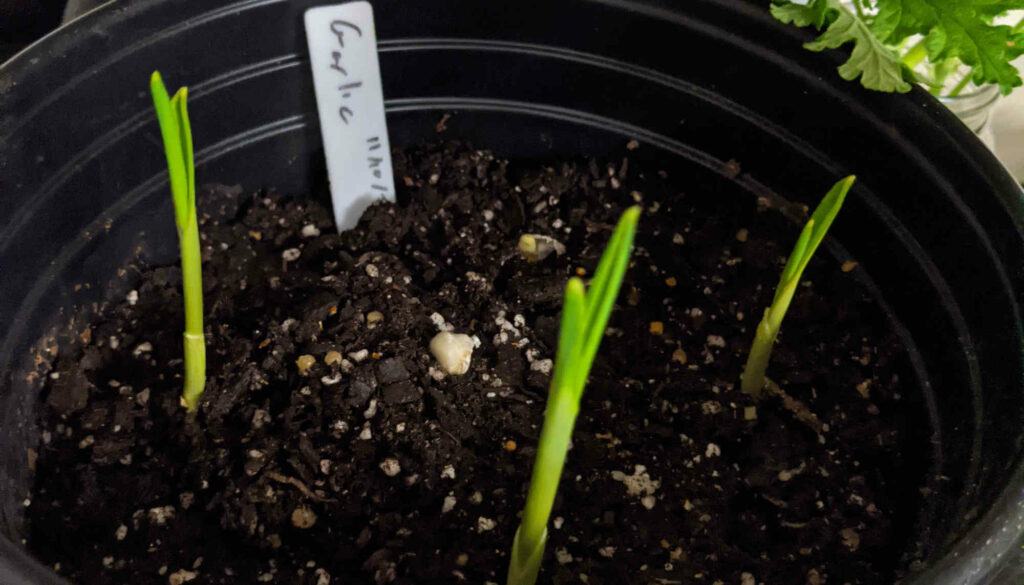Welcome to your introduction to showers class. In this article, we’re going to cover the following items:
For the purposes of this article, we’re including tubs, showers, and tub/shower combos together.
Let’s get started!
How They Work
A shower works very similarly to a sink. Hot and cold water come in through separate lines (usually), mix together at your desired ratio, and pour through the faucet. When you block the faucet, it forces the water up the shower hose or pipe and out through the showerhead. That metal pin you pull on is called a diverter.
The way the water mixes can be different, but most of them handle this process manually. In most cases you’ll have a hot and cold handle or one handle that adjusts how much hot and cold you get. There’s a learning curve to this style, but once you know your favorite setting, it becomes muscle memory!
Some showers are a little more fancy. You can get a thermostatic mixer that maintains the specific temperature throughout the shower. Instead of setting how much hot and how much cold, you set the specific temperature. Manual showers can rise and lower throughout based on your water usage in the rest of the house, but thermostatic showers stay the same. Some thermostatic showers even have a digital thermostat!
Finally, you have electric showers. These are unique because they only require a cold water line, and they heat the water to the desired temperature as needed. These aren’t as common right now, but they are appealing because you’d never run out of hot water in your shower.
Just like a sink, you then have some sort of basin and a drain. If you have a tub, there’s also some way to stop the drain from draining, and you’ll have an overflow drain to prevent water flowing onto your floor.
Shower Styles
The styles available for showers is endless, but there are only a few main styles you’ll encounter. We’ll cover the broad styles all the way down to styles of shower heads.
Standalone Tub
They still exist, but they’re not as common. Standalone tubs do not have a showerhead. Instead, you just fill up your tub, get in, get clean, and get out. You can usually convert these tubs into a tub/shower combo by adding a freestanding showerhead to the tub’s faucet.
Standalone Shower
Your standalone shower is the shower without a tub in the bottom. Sometimes these are called walk in showers. No matter what you call them, the principle is the same. There’s a showerhead (or multiple showerheads) and a place for the water to drain. You might have a curtain, wall, or nothing to contain the water. Additionally, you may have some sort of lip or dip to prevent water from flowing into the rest of the bathroom.
Tub/Shower Combination
Tub/shower combinations are the most common types of showers installed right now because they’re the most versatile. I know my definitions are super obvious, but a tub/shower combination has both a tub and a shower in one setup.
Materials
Showers can be made out of many different types of materials, not even including the showerhead or metal features. A lot of older tubs were made out of cast iron and porcelain and wood. New tubs are often made out of fiberglass and steel.
Standalone showers are often tiled, and there are a huge variety of materials tiles are made out of. You may even encounter cement or natural stone showers. Some of my favorite showers, from an aesthetic standpoint, are the natural stone showers. They look really neat to me. However, they’re a huge pain to clean!
Showerhead Styles
Just like how showers can come in many styles, so can showerheads. The main styles are fixed, rainfall, handheld, bar, and panel showerheads.
A fixed showerhead is the most standard type of showerhead. This type is attached to the plumbing or the wall. The overall location of the showerhead cannot change. However, usually you can adjust the angle of it.
Rainfall showers are my favorite. Waterfall showers fit into this description too. These are easy to identify because the water comes straight down instead of at an angle. The stream of water is meant to be wider than other showerhead types. A lot of people find these are better for relaxing.
Handheld showerheads are those detachable showerheads. Usually there’s a mount so they can act as a fixed showerhead as well. Many of this variety come with a fixed and a handheld together to give you multiple showerheads in the same fixture.
Bar showerheads are fixed showerheads that can raise or lower along a bar mounted in your shower. These are great for adjusting the height of your shower. Personally, I want the showerhead as high as it can go, but maybe that’s not for everyone.
Panel showerheads are relatively new. These come with multiple streams of water customizable to your wishes. They’re called panel showerheads because they consist mostly of a large vertical panel filled with dials and water spouts. Some panel showerheads have multiple panels so you can get streams from all directions.
Showers and Cleaning
Cleaning your shower is broken into 4 parts: tub/tiles, showerhead, metal parts, and drain.
Cleaning your tub or shower area depends on the material your tub or shower is made out of. You’ll obviously use the appropriate cleaning solution for that type. If you have tile, be sure to get into that grout! Most shower surfaces require a strong cleaner and some elbow grease. If it is a material safe to use in a shower, it’s usually safe to use strong chemicals on.
If you have glass in your shower, glass cleaner is your friend! Use it often as glass shows streaks and grime better than most surfaces.
You should clean the metal parts of your shower regularly with a multipurpose cleaner. Even though they’re “safe to use in showers,” metal is prone to rusting. Once the dirt and bacteria eat through the protective layer on the metal, you will never get a good looking faucet again. That’s why it is so important to keep the metal portions clean.
Every so often, you should snake the drain. I also recommend using stoppers that specifically catch hairs to stop them from getting caught in your drain. Chemical drain cleaners are often more caustic than you want and you should reserve those for extreme circumstances.
Finally, your showerhead needs regular cleaning too. I’ve saved this for last because it’s the hardest. Personally, I soak my showerhead in white vinegar every month or so. I do this so the vinegar works its way into the little holes and cleans them out from inside. If you clean the showerhead regularly, you avoid the buildup of yucky bacteria. It’s probably hard to get clean if you’re showering yourself with dirty water.
Maintenance
Besides cleaning, showers don’t require that much regular maintenance. However, if you get lax on the cleaning, you might end up having to take measures to replace faucets, showerheads, drain covers, or other parts of your shower.
Sometimes, accidents happen. For example, part of my fiberglass shower surround developed a crack in it. To fix this, we just have to get a fiberglass repair kit. Using this kit, we can prevent further damage to the surround. The same is true for other tub or shower damage. You just have to buy the right kit to repair small damages. The rule of thumb is to immediately repair anything whose purpose is preventing water from going elsewhere. Therefore, you need to repair or replace any broken tiles, grout, glass, shower curtains, or other barriers as soon as you notice the damage.
Finally, if you have a nonslip mat or stickers in your shower, those should be replaced once they stop working as well. You use these to prevent falls in the shower, so they’re important to keep in good working condition.
Accessorizing
In my opinion, showers are amazing. I’m not even the type of person who spends a long time in them, but I still love my shower. Even in the best shower, there’s probably a few things you can add to make them even better for your circumstances.
Shelves. The number one complain about showers is the lack of space. You can easily add stick on or hanging shelves to a shower to make room for all of your shower products.
Lighting. If your lighting isn’t 100% what you want, you can change that with lights that are safe for use around water. Home improvement stores sell lights that are specifically for use in the shower. I light soft lighting in my shower, but this is a personal choice.
Mirrors. If you shave your face, remove makeup, or want to practice your facial expressions, a shower mirror is a great thing to have. Fortunately, you can buy ones that stick on, don’t shatter, and have anti-fog properties.
Speakers. Some people make their own music. Some people listen to the professionals. If you’re in the second group, you can install wirelessly connected speakers in or near your shower. Recently, I discovered you can buy shower fans that have bluetooth connected speakers in them.
Timer. I don’t mean to call you out, but some people like to have a timer installed in their shower so they can make sure they’re not late in the morning.
Soap Dispenser. Fancy hotels have mounted soap and shampoo dispensers in them, and now it is becoming common for households to have them too. It’s not my thing, but they definitely clear up shelf space and look better than a variety of bottles.
Showers
There you have it! That’s a lot about showers. Hopefully you learned a few things. Tell us about how you want your dream shower!







Leave a Reply